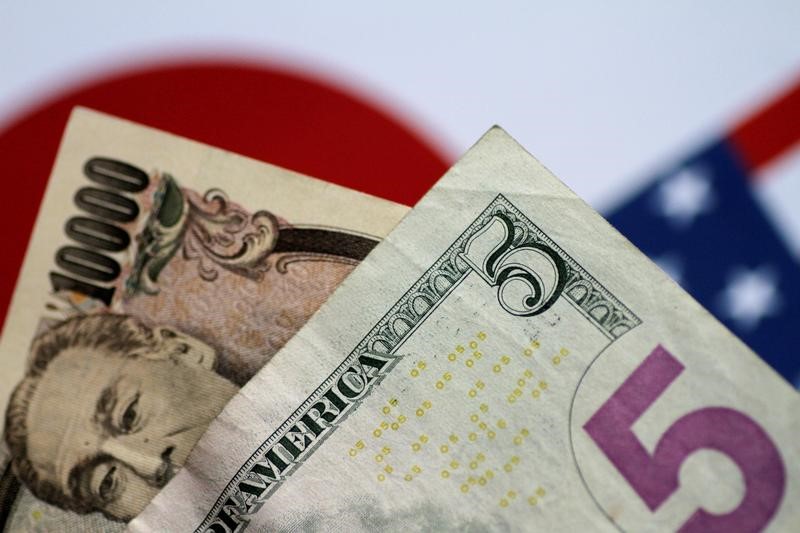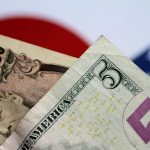
Strength in the yen also came as softer-than-expected consumer price index data battered the U.S. dollar and ramped up expectations for a September interest rate cut by the Federal Reserve.
The USDJPY pair- which gauges the amount of yen needed to buy one dollar- settled around 159 in early Friday trade, after dropping over 2% on Thursday. The pair was trading close to 38-year highs around 162 yen earlier this week.
Traders had expected USDJPY reaching 162 as line in the sand for government intervention.
The pair’s sharp drop sparked some speculation that the Japanese government had intervened in currency markets. Top foreign exchange diplomat Masato Kanda, who had spearheaded earlier intervention in the yen, offered scant cues on whether the government had stepped in this time.
Local media reports said the Bank of Japan had conducted a rate check for the yen against the euro- a move that could have heralded some currency market intervention.
The yen had weakened substantially over the past month as a string of weak Japanese economic readings drove up bets that the BOJ will have little headroom to tighten policy further this year.
The BOJ had hiked rates for the first time in 17 years in March, bringing them out of negative territory. But the move offered little support to the yen.
Middling inflation and soft business activity readings, coupled with a sharp downward revision for first-quarter gross domestic product data, all factored into doubts over the BOJ and weakness in the yen.
But the biggest point of pressure on the yen was high U.S. interest rates, which kept the dollar upbeat. Still, this notion now appeared to be easing as traders positioned for a September rate hike, especially after soft consumer price index inflation data on Thursday.
To read the full article, Click Here

